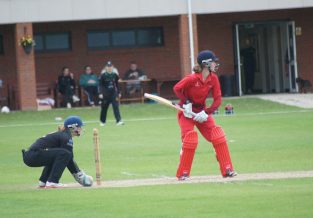Is The Tour De France Inspiring You?
Published on
23 Jun 2015

Call us on: (03) 9975 4133
It’s that time of year again when the cycling elite gather for the worlds biggest cycling event, the Tour De France.
Allez! Allez! Allez!
With this year looking like it’s going to be one of the most hotly contested yellow jersey for years, it always inspires us wannabes to get out there to chew tarmac on the steel horse and book some time in the pain cave (all my favourite cycling terms in one sentence! J). Although “feeling the burn” is not only unavoidable but one of the main reasons us cycle paths put the hours in on the bike, it’s important to understand when the pain may be a sign of an inefficient position on the bike or an underlying injury.
The Perfect Position
There is a lot of information out there regarding what the most efficient cycling position is, but, however much we would like to think we are the next Nairo Quintana, that’s just not the case… unless of course you too spent your childhood climbing the hills of Columbia just to get to school. This “optimal cycling position” is always focused around a position of least wind resistance and doesn’t take into account the individual differences we have biomechanically… this is where the expertise of a Physiotherapist can be of great benefit.
Common Cycling Injuries
Even though cycling is a non-impact sport we are still susceptible to injuries. Our legs must produce large amounts of power and, in a lot of cases, over long periods of time. This means that we need a very stable base in order to generate and sustain this power. Our base on the saddle is our lower back and pelvis, and the key stabilising structures that need to bring their A-game are our core and gluteal muscles. Without this stable base our body will make adaptations in order to compensate, usually in the form of excessive side-to-side movement through the pelvis or fixation through our upper limb on the handlebars. Excessive pelvic movement can be the cause of a range of injuries ranging from low back pain to anterior knee pain. And holding onto the handlebars like you’re trying to tame a bucking bronco can lead to injuries of the neck, shoulders and hands.
Bike Set Up
The set up of the bike, such as seat height, seat distance to handlebars, handlebar stem height and cleat position to name a few, can have a big impact on these injuries. However changing any of these things on the bike must be done with caution due to the new biomechanical demand put through your body and is therefore best done under the guidance of a trained Physiotherapist. For example; a common mistake people make is raising the height of the seat to offload knee pain, without taking into consideration the impact this new height will have on their tight hamstrings, which can result in low back pain and sciatic-type symptoms.
So whether you’re going for the yellow jersey or just enjoy the freedom (and cake pit stops) cycling brings, book yourself in with one of our Physiotherapists for a biomechanical cycling assessment if you have injury concerns or are keen to try and improve your efficiency and power output on the bike.


